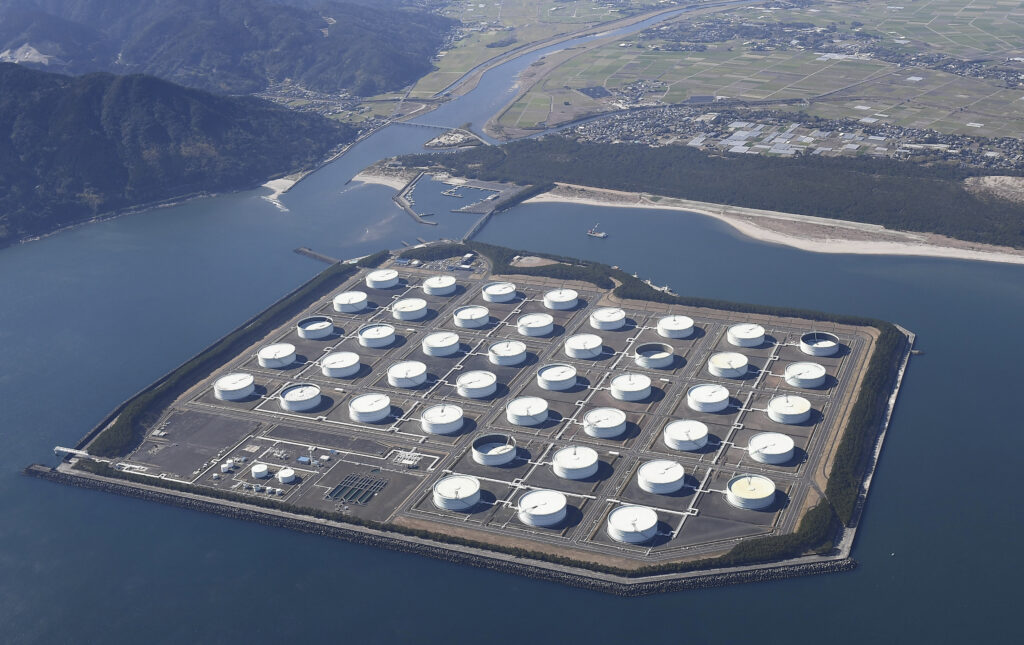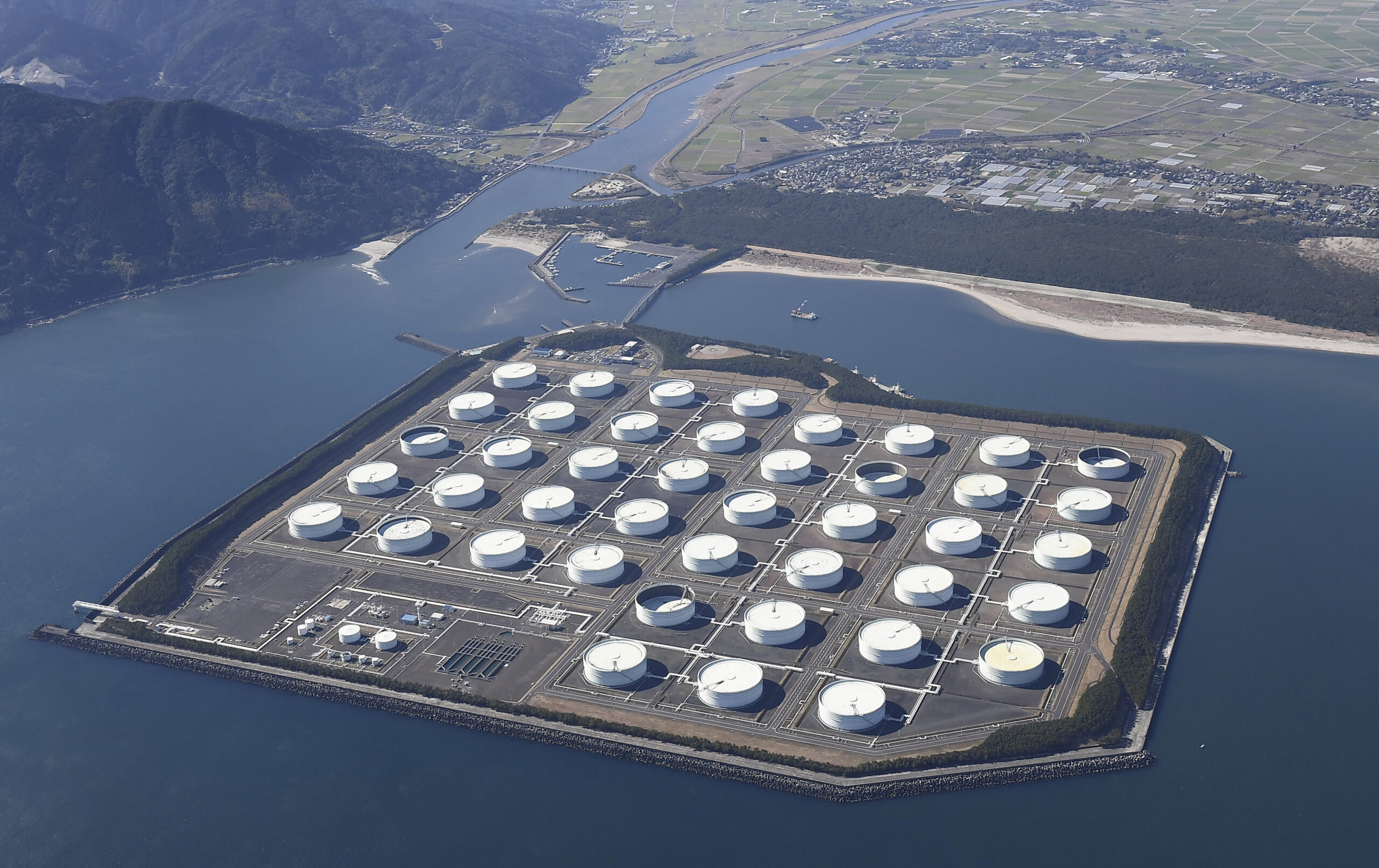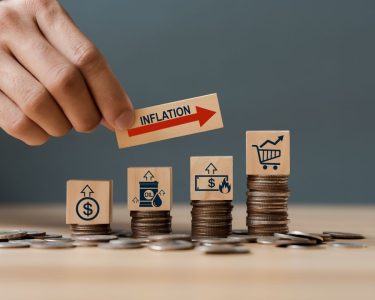
By Natalie Grover
LONDON (Reuters) – Oil prices ticked higher on Tuesday as markets weighed supply cuts for August by top exporters Saudi Arabia and Russia against a weak global economic outlook.
Brent crude futures were up 85 cents, or 1.1%, to $75.50 a barrel at 0950 GMT. U.S. West Texas Intermediate crude was at $70.61 a barrel, up 82 cents, or 1.2%.
On Monday, Saudi Arabia said it would extend its voluntary output cut of 1 million barrels per day (bpd) to August, while Russia and Algeria volunteered to lower their output and export levels for August by 500,000 bpd and 20,000 bpd respectively.
If fully implemented, that would lead to a combined reduction of 5.36 million bpd versus August 2022 levels – possibly even more as several countries in the OPEC+ producer group are unable to fulfil their output quotas, said PVM analyst Tamas Varga.
READ MORE: Oil rebounds on fading risk of U.S. debt default
However, oil benchmarks settled down about 1% in the previous session, after an initial rally, on the back of a gloomy macroeconomic outlook.
Business surveys have shown a slump in global factory activity because of sluggish demand in China and Europe, and U.S. manufacturing also fell further in June – reaching levels last seen in the initial wave of the Covid-19 pandemic.
This broader uncertainty will likely overshadow the OPEC+ effort to tighten supply, some analysts said.
Even before these new cut announcements, International Energy Agency (IEA) data suggested the oil market was set to show a supply deficit of roughly 2 million bpd in the third and fourth quarters, noted Commerzbank analysts.
READ MORE: Oil settles lower as economic jitters outweigh supply cuts
Still, oil prices did not jump significantly on the news, largely due to demand concerns, particularly given the sluggish economic recovery in China following the lifting of coronavirus restrictions. Meanwhile, rising interest rates in the U.S. and Europe to address persistently high inflation is expected, they said.
Despite the best efforts of Saudi Arabia and Russia, said Naeem Aslam, chief investment officer at Zaye Capital Markets, “the days may be over for oil prices to jump back above the 90 price mark, and the prices are more likely to consolidate between the 65 and 70 price ranges.”
U.S. markets will be closed on Tuesday for the Independence Day holiday.




